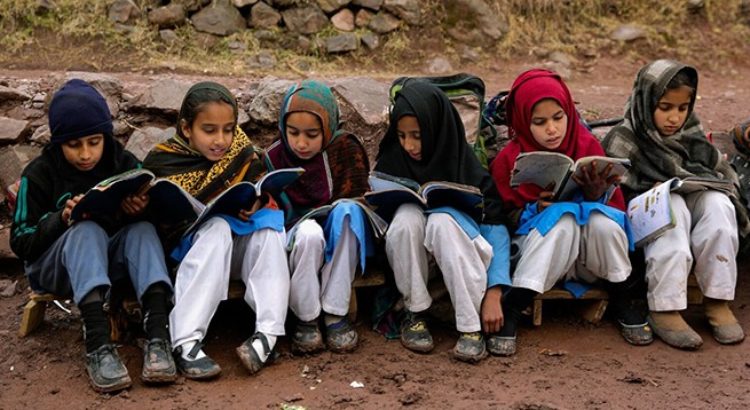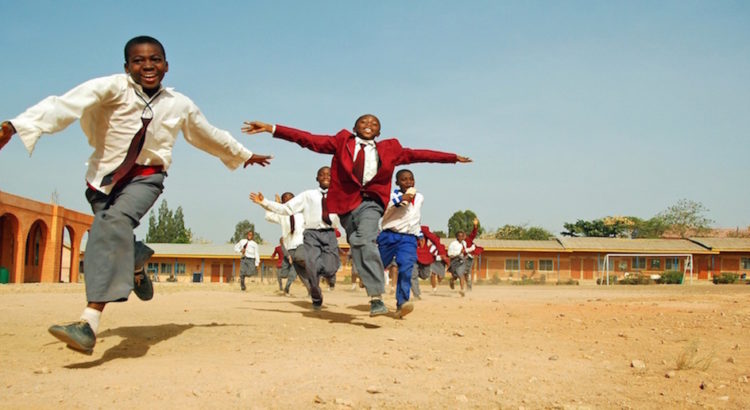UNESCO/March 06, 2018/Source: https://en.unesco.org
New figures on the number of children out of school worldwide reveal that despite decades of efforts to get every child into the classroom, progress has come to a standstill. According to data from the UNESCO Institute for Statistics (UIS), about 263 million children, adolescents and youth worldwide – one in every five – are out school, a figure that has barely changed over the past five years.
The new numbers are published as delegates gather in Paris for the fourth Sustainable Development Goal (SDG)-Education 2030 Steering Committee meeting. The Committee is a unique body providing strategic guidance on the advancement of the Education 2030 Agenda. SDG4 includes a concrete commitment to ensure that every girl and boy is completing a good quality primary and secondary education by 2030.
The rate of progress, or the lack of it, varies by age group, according to a UIS paper released today. At primary level, the out-of-school rate has barely moved at all over the past decade, with 9% of children of primary age (about 6 to 11 years), or 63 million, out of school.
In addition, 61 million adolescents of lower secondary age (about 12 to 14 years) and 139 million youth of upper secondary age –one in every three – are not enrolled in school. These youth, between the ages of about 15 to 17 years, are four times more likely to be out of school than children of primary age, and more than twice as likely to be out of school as those of lower secondary age.
“These new figures show starkly the size of the gap that needs to be closed to ensure universal access to education,” says UNESCO Director-General Audrey Azoulay. “We need much more comprehensive and targeted approaches together with more resources to reach those children and youth who are denied the right to education, with a special emphasis on girls and on improving the quality of education for all. This is the greatest urgency for unlocking progress towards SDG4.”
The UIS figures confirm that across sub-Saharan Africa one in every three children, adolescents and youth are out of school – with girls more likely to be excluded than boys. For every 100 boys of primary age out of school, there are 123 girls denied the right to education.
The new data also highlight a gulf between out-of-school rates in the world’s poorest and richest countries, with an upper-secondary out-of-school rate of 59% across the world’s low-income countries, compared to just 6% in high-income countries.
According to Silvia Montoya, Director of the UIS, “Access to education is only part of the picture. We also have a learning crisis, with one in six children and adolescents not reaching minimum proficiency levels in reading or mathematics; the majority of them are in school. Education has to deliver for every child, which requires effective monitoring to ensure that all children are in school, and that they are learning what they need to know. That is why the UIS, which is the official data source for SDG 4, is developing new indicators on equitable education and learning outcomes.”
The new figures reinforce calls for far greater global investment in education at all levels to ensure progress towards SDG 4, including more resources for data gathering and analysis to monitor the pace and equity of that progress.
These issues will be on the agenda of the fourth SDG-Education 2030 Steering Committee, the main global consultation and coordination mechanism for education in the 2030 Agenda for Sustainable Development. The Committee meets once or twice a year to provide strategic advice on policies, financing, monitoring and reporting and advocacy. It is composed of 38 members representing a majority from Member States, together with eight UN agencies, the Global Partnership for Education, the OECD, regional organizations, teacher organizations, civil society networks, in addition to representatives from the private sector, foundations, youth and student organizations.
Source:
https://en.unesco.org/news/one-every-five-children-adolescents-and-youth-out-school-worldwide








 Users Today : 15
Users Today : 15 Total Users : 35460032
Total Users : 35460032 Views Today : 23
Views Today : 23 Total views : 3418654
Total views : 3418654